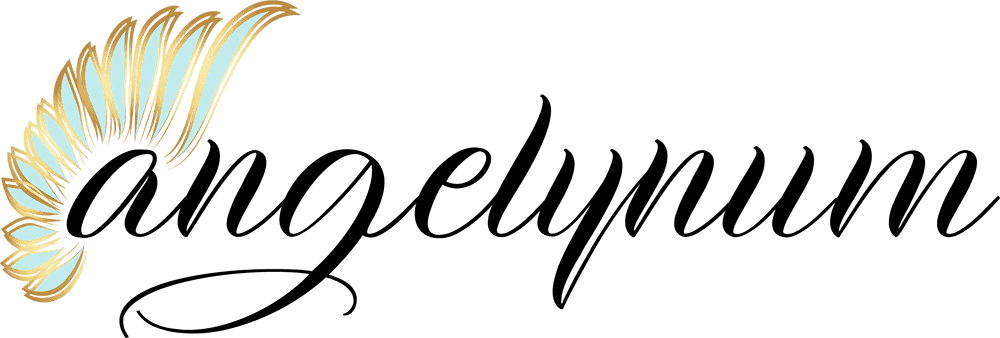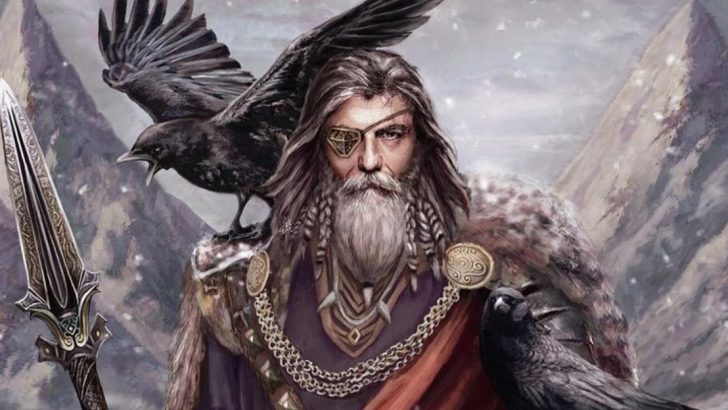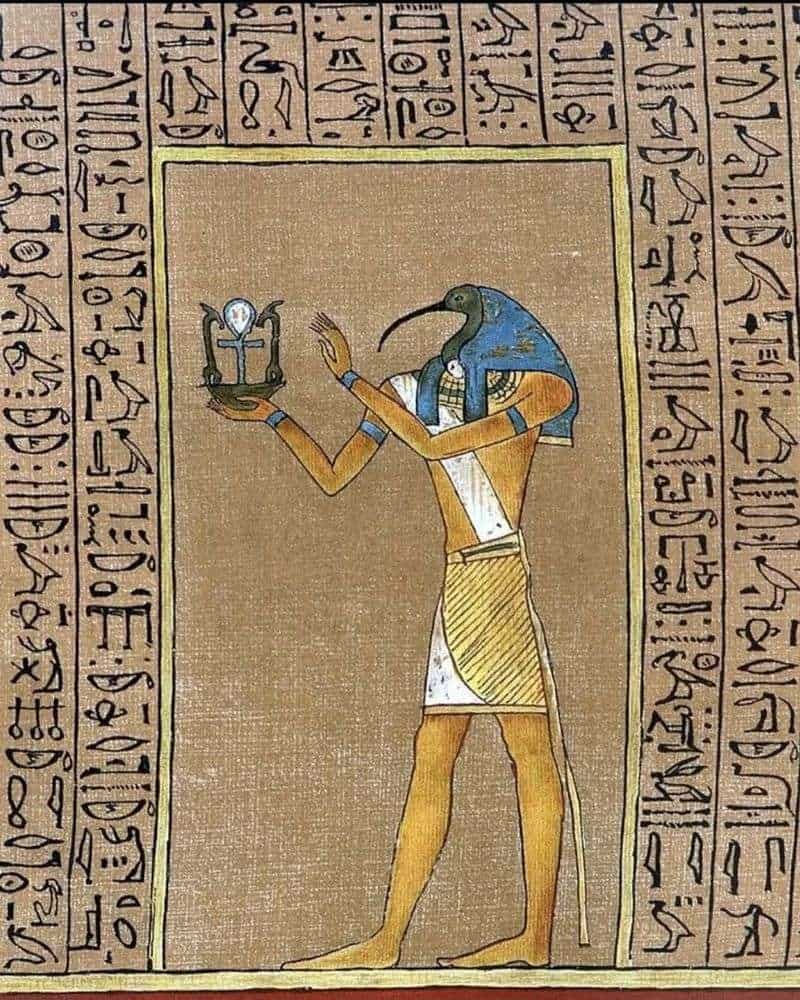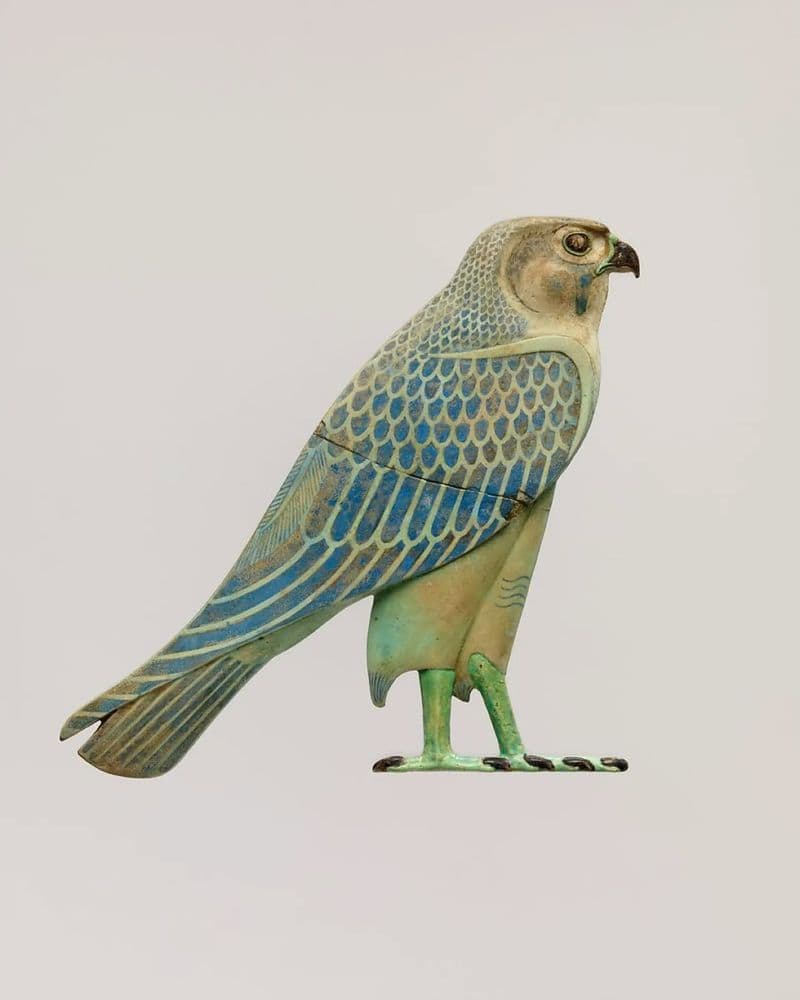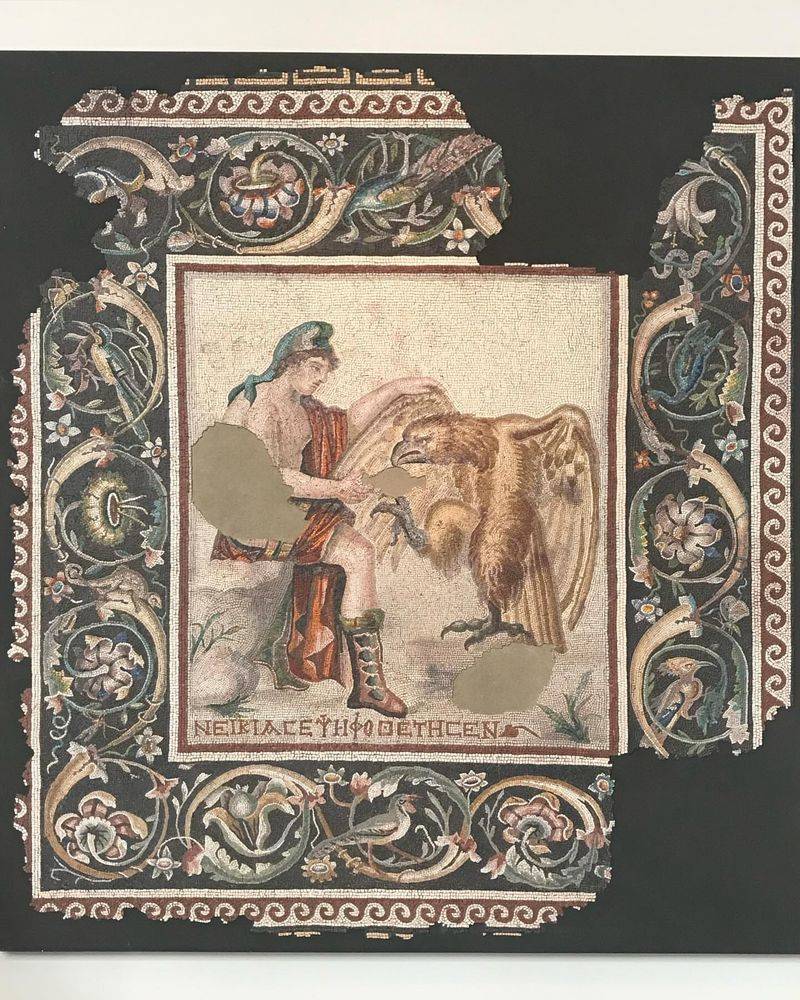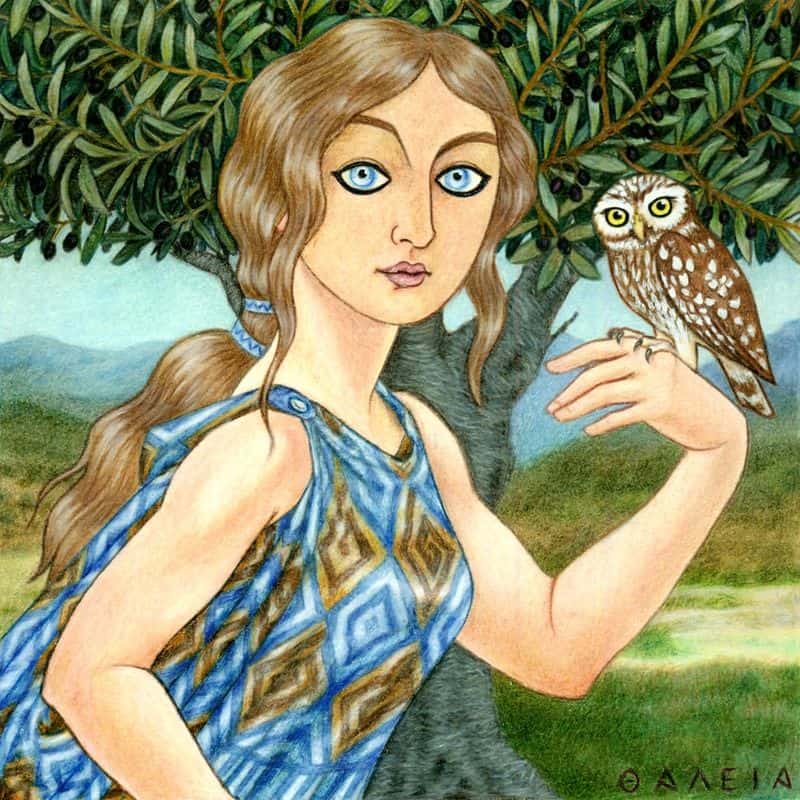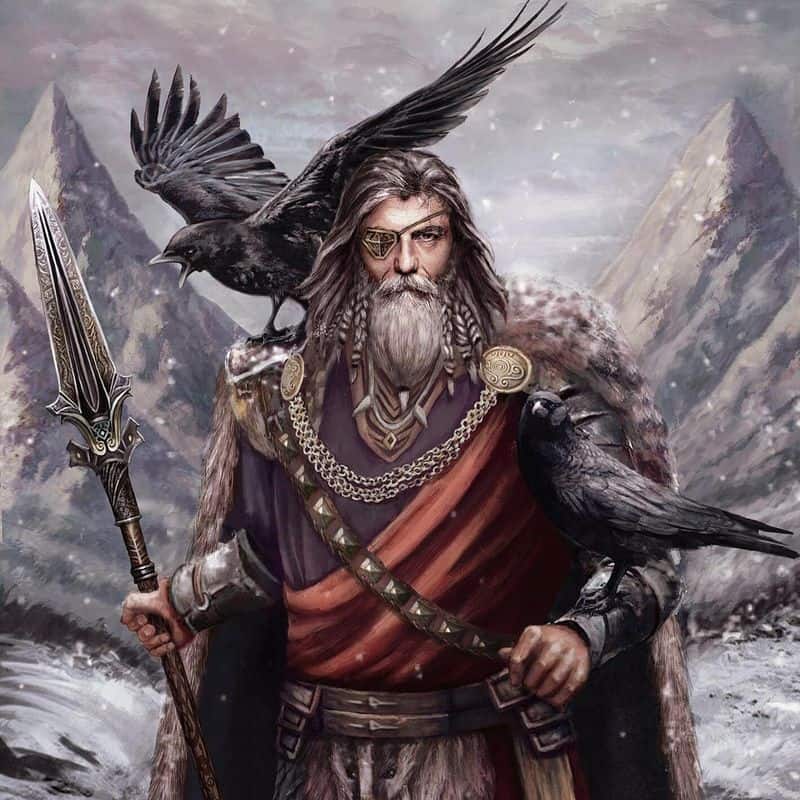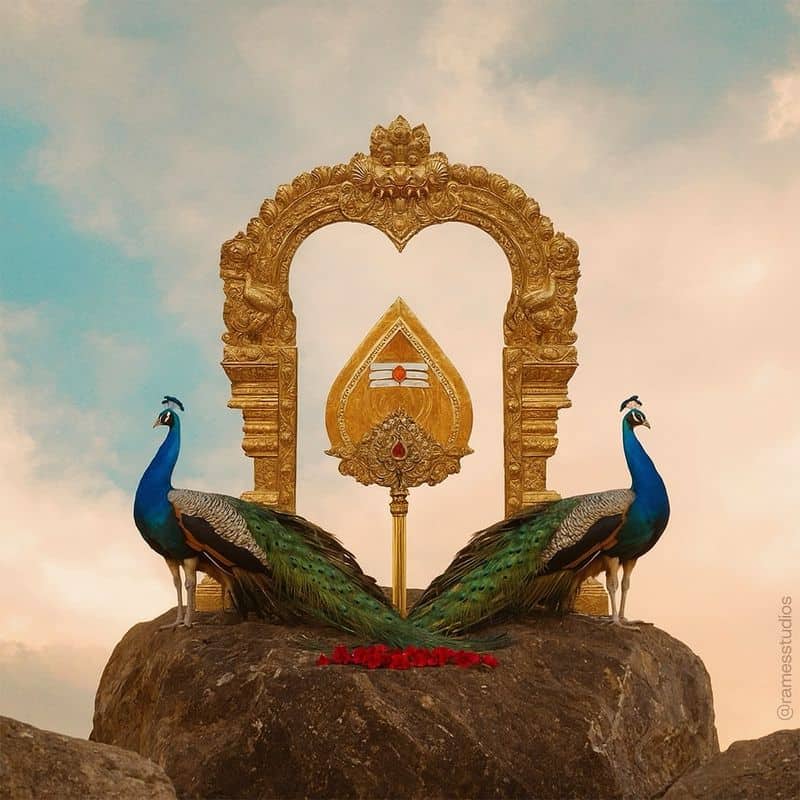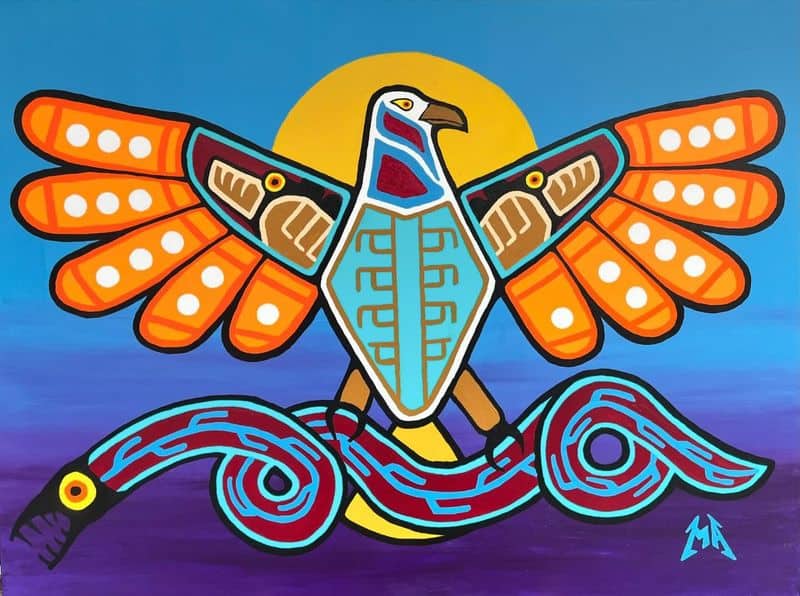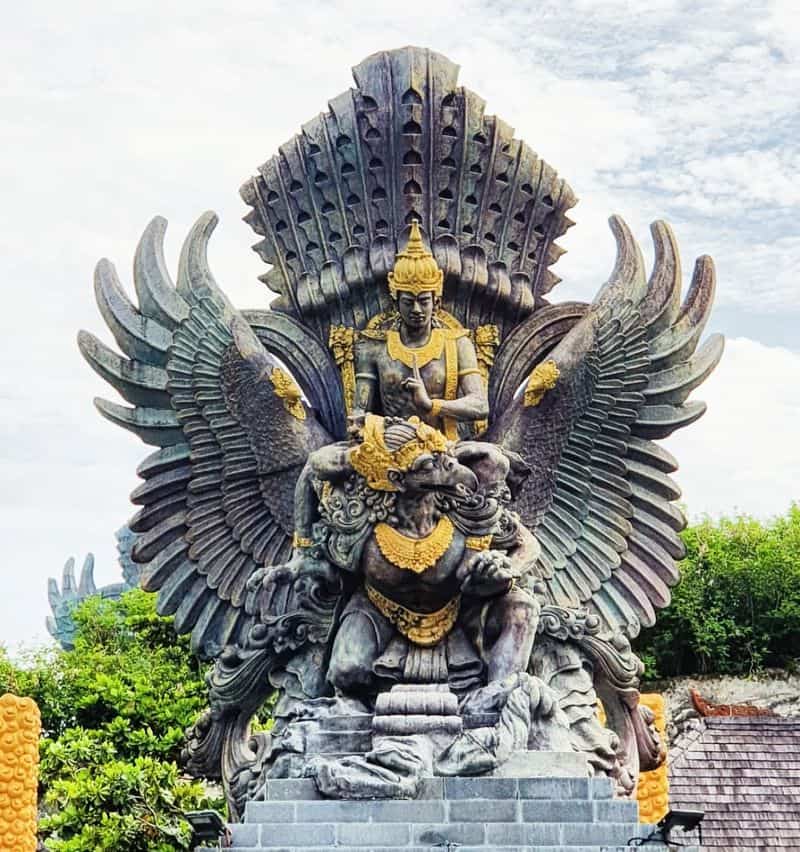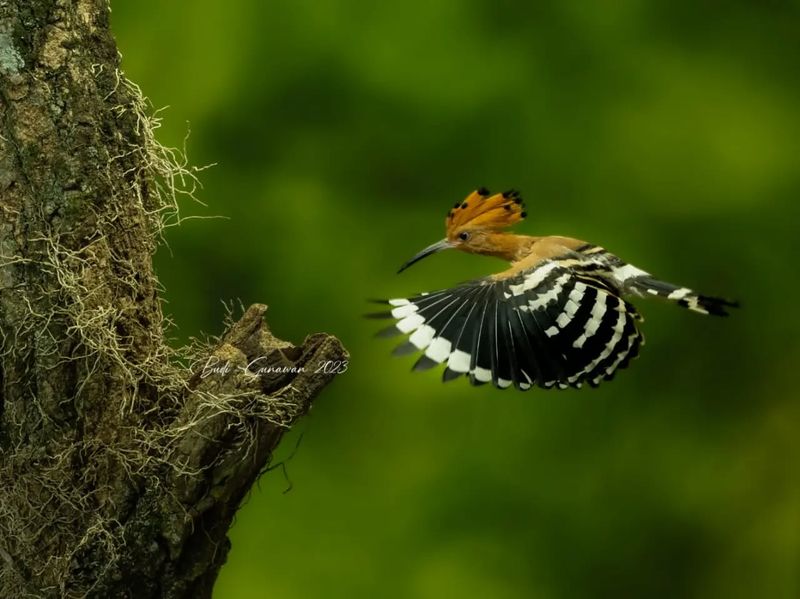Birds have captivated human imagination since ancient times, soaring beyond their physical form to become divine messengers and godly embodiments.
From the deserts of Egypt to the forests of Scandinavia, feathered creatures held special places in religious ceremonies and mythological stories.
These winged beings connected the earthly realm with the heavens, earning them worship status across diverse cultures throughout history.
1. The Sacred Ibis: Thoth’s Earthly Messenger
With its distinctive curved beak and elegant white plumage, the sacred ibis embodied divine wisdom in Ancient Egypt. Thoth, the god of writing and knowledge, wore this bird’s head as his own, creating an unmistakable silhouette in countless temple carvings.
Egyptians mummified thousands of these birds as offerings, creating vast underground galleries filled with ibis remains. Their preservation highlights the extraordinary reverence these creatures commanded.
When the annual Nile floods arrived, ibises appeared in greater numbers, reinforcing their connection to life-giving waters and cementing their status as harbingers of prosperity and divine favor.
2. Horus’s Falcon: The Divine Eye in the Sky
Soaring high above the Nile Valley, falcons represented the ultimate celestial power in Ancient Egypt. Pharaohs claimed direct connection to Horus, the falcon-headed sky god, legitimizing their rule through this powerful avian symbol.
Royal crowns and scepters featured falcon imagery, while the “Eye of Horus” became one of history’s most recognizable protective emblems. These magnificent birds of prey symbolized supreme vision—both physical and spiritual.
When a falcon’s shadow passed overhead, Egyptians believed they were being watched by divine eyes. This belief transformed ordinary birds into living manifestations of godly surveillance and protection.
3. Zeus’s Eagle: The Thunderbolt Bearer
Majestic and fierce, the eagle served as Zeus’s personal messenger in Ancient Greece. Statues throughout the Hellenic world depicted this supreme god with an eagle perched beside him, ready to carry his thunderbolts across the skies.
Greek soldiers looked for eagles before battle, interpreting their flight patterns as omens from Zeus himself. The bird’s appearance on military standards instilled courage and divine favor among troops.
Roman legions later adopted this powerful symbol, carrying eagle standards into battle. The loss of an eagle standard was considered catastrophic—not just militarily, but spiritually—showing how deeply this avian worship penetrated Mediterranean cultures.
4. Athena’s Owl: Guardian of Ancient Wisdom
Silent wings and penetrating eyes made the owl the perfect companion for Athena, Greek goddess of wisdom. Athens, named for this divine patroness, embraced the owl so completely that its image appeared on their currency for centuries.
Unlike other sacred birds, owls were welcomed into temples and public buildings. Their nocturnal nature reinforced their mystical status—creatures who could see clearly in darkness represented enlightenment amid ignorance.
Archaeological discoveries reveal countless owl figurines left as offerings at Athena’s shrines. Even today, the owl remains a universal symbol of knowledge and academic achievement, its ancient divine connections echoing through modern institutions.
5. Odin’s Ravens: Thought and Memory Take Flight
Huginn and Muninn—these two ravens served as Odin’s eyes and ears throughout the Nine Worlds of Norse mythology. Each dawn, these midnight-feathered birds would fly from the Allfather’s shoulders to gather intelligence across the cosmos.
Viking warriors viewed ravens as battlefield omens. Their appearance before combat signaled Odin’s attention and potential favor, while their absence might foretell doom.
Archaeological evidence shows raven imagery on everything from shields to longships. The famous “raven banner” flown by Norse raiders struck fear into enemies, who understood these birds represented not just animals, but extensions of the chief god’s consciousness itself.
6. The Peacock: Murugan’s Resplendent Companion
Bursting with vibrant colors, the peacock serves as both mount and emblem for Lord Murugan in Hindu tradition. Temple walls across Southern India showcase this majestic bird carrying the six-faced god of war and victory.
Hindu mythology tells how peacocks gained their spectacular plumage after defeating a fearsome serpent, earning divine favor. Their feathers became treasured items in religious ceremonies, believed to ward off evil.
Beyond India’s borders, peacocks traveled culturally through trade routes, influencing Persian and later European symbolism. Their status as India’s national bird today reflects not just natural beauty but thousands of years of spiritual significance and cultural reverence.
7. The Mighty Thunderbird: Storm-Bringer of Native Tribes
Spanning wings that stretched across the sky, the Thunderbird created storms with each powerful flap according to numerous Native American traditions. Its eyes flashed lightning while its wings beat the thunder that gave this supernatural being its name.
Tribal artwork from the Pacific Northwest to the Great Plains featured this enormous bird prominently. Totem poles, ceremonial masks, and sacred garments incorporated Thunderbird imagery as protection against natural disasters.
Unlike other sacred birds, the Thunderbird wasn’t associated with a single deity—it was a divine force itself. Communities performed special dances during droughts to summon this rain-bringing entity, demonstrating how deeply practical concerns intertwined with spiritual bird worship.
8. Garuda: Vishnu’s Eagle-Human Mount
Half-man, half-eagle, Garuda soars through Hindu mythology as Lord Vishnu’s devoted vehicle. Unlike ordinary birds, this magnificent being possesses human arms, an eagle’s beak, and brilliant golden plumage that shines like the sun.
Indonesian cultures embraced Garuda so completely that it became their national emblem. Ancient temples throughout Southeast Asia feature elaborate Garuda carvings, often depicted battling serpents—representing the eternal struggle between sky and earth forces.
Devotees believe Garuda transcends ordinary avian limitations. His ability to fly between mortal and divine realms makes him the perfect cosmic messenger, carrying prayers skyward while bringing divine blessings back to earth.
9. The Hoopoe (Hudhud): Solomon’s Feathered Intelligence Officer
Crowned with a distinctive fan-shaped crest, the humble hoopoe bird achieved sacred status through its service to Prophet Solomon. Islamic and Jewish traditions describe how this clever bird discovered the Queen of Sheba’s kingdom during reconnaissance flights.
The Quran specifically mentions Hudhud by name, elevating this small creature to legendary importance. Persian poetry and art frequently feature the hoopoe as a symbol of divine guidance and spiritual messaging.
Despite its modest size, the hoopoe’s striking appearance made it instantly recognizable across cultures. Ancient Egyptians also revered this bird, believing it could detect underground water sources—a practical miracle in desert regions that reinforced its sacred status.
10. The Frigatebird: Make-make’s Oceanic Manifestation
Gliding effortlessly above remote Easter Island, frigatebirds embodied the creator deity Make-make to the indigenous Rapa Nui people. These remarkable seabirds, with their distinctive red throat pouches and massive wingspan, inspired an entire religious cult.
The annual “Birdman” competition centered around these sacred creatures, with warriors competing to retrieve the first sooty tern egg while honoring the frigatebird’s divine connection. Cave paintings across the island depict half-human, half-frigatebird figures representing Make-make himself.
European colonizers documented elaborate ceremonies where participants wore frigatebird-inspired headdresses and performed ritual dances. This isolated worship tradition developed independently from mainland bird cults, showing how avian deification emerged separately across unconnected cultures.
